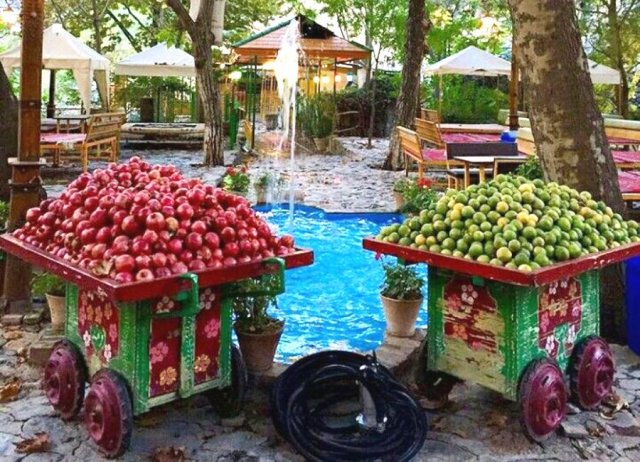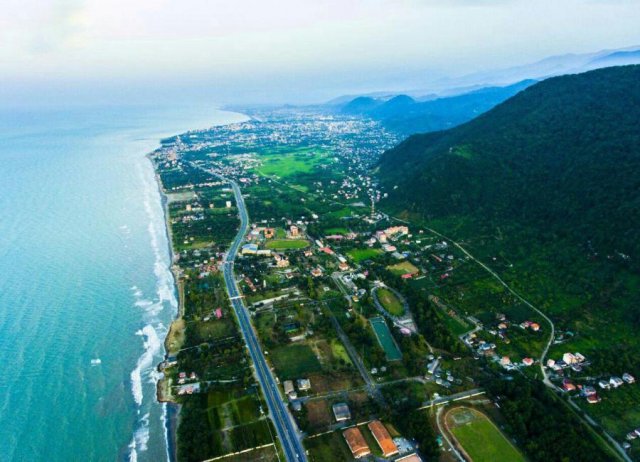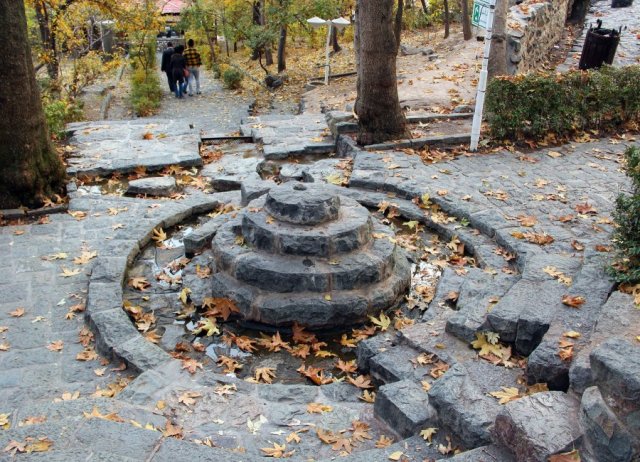The mausoleum of Ayatollah Ruhollah Khomeini is one the grandest architectural endeavours of the Islamic Republic. Built on an enormous scale – which necessitated the moving of many existing graves at the giant Behesht-e Zahra cemetery – the Holy Shrine also contains the tombs of Khomeini’s wife, second son and several other important political figures; in 2017, former president Akbar Rafsanjani was buried here.
The shrine is flanked by four 91m-high towers symbolising Khomeini’s age when he died. The huge gold central dome is adorned with 72 tulips, which symbolise the 72 martyrs who fought and died with Imam Hossein in Karbala.
Inside the vast main hall, covered with 12,000 carpets each 12 sq metres, Khomeini’s tomb itself is enclosed in a stainless steel zarih, a cage-like casing through which pilgrims pay their respects and no small number of bank notes. Men and women approach re-spectfully from different sides.
Construction of the complex, covering 20 sq km, began in 1989 following Khomeini’s chaotic funeral which devolved in a riot of some 10 million inconsolable mourners. It is yet to be completed, with the plan for the ceiling of the interior to be covered with tiny mirrors, as is the case with many other Shia shrines.
Avoid the shrine on or around 4 June, the anniversary of the Ayatollah’s death, when hundreds of thousands of mourners visit the shrine. During the holy month of Muharram, the fountains surrounding the shrine run with red dyed water.
If you have time, wander over to Behesht-e Zahra. Tehran’s biggest cemetery is interesting primarily because it’s the main resting place for those who died in the Iran–Iraq War (1980–88). Like windows into another time, roughly 200,000 small glass boxes on stilts each contain a small memento – a watch, a knife, a letter – that once belonged to the lost father/son/husband staring out from a yellowed photograph.
Points Of Interest
This village, at 1700m elevation and just north of the no-torious Evin Prison, is one of Tehran’s most pleasant urban escapes
At 370,000 sq km the Caspian (Darya-ye Khazar) is five times the size of Lake Superior.That makes it by far the world’s largest lake.
This popular in town escape stretches ever more steeply up the mountainside at Tehran’s northern edge



